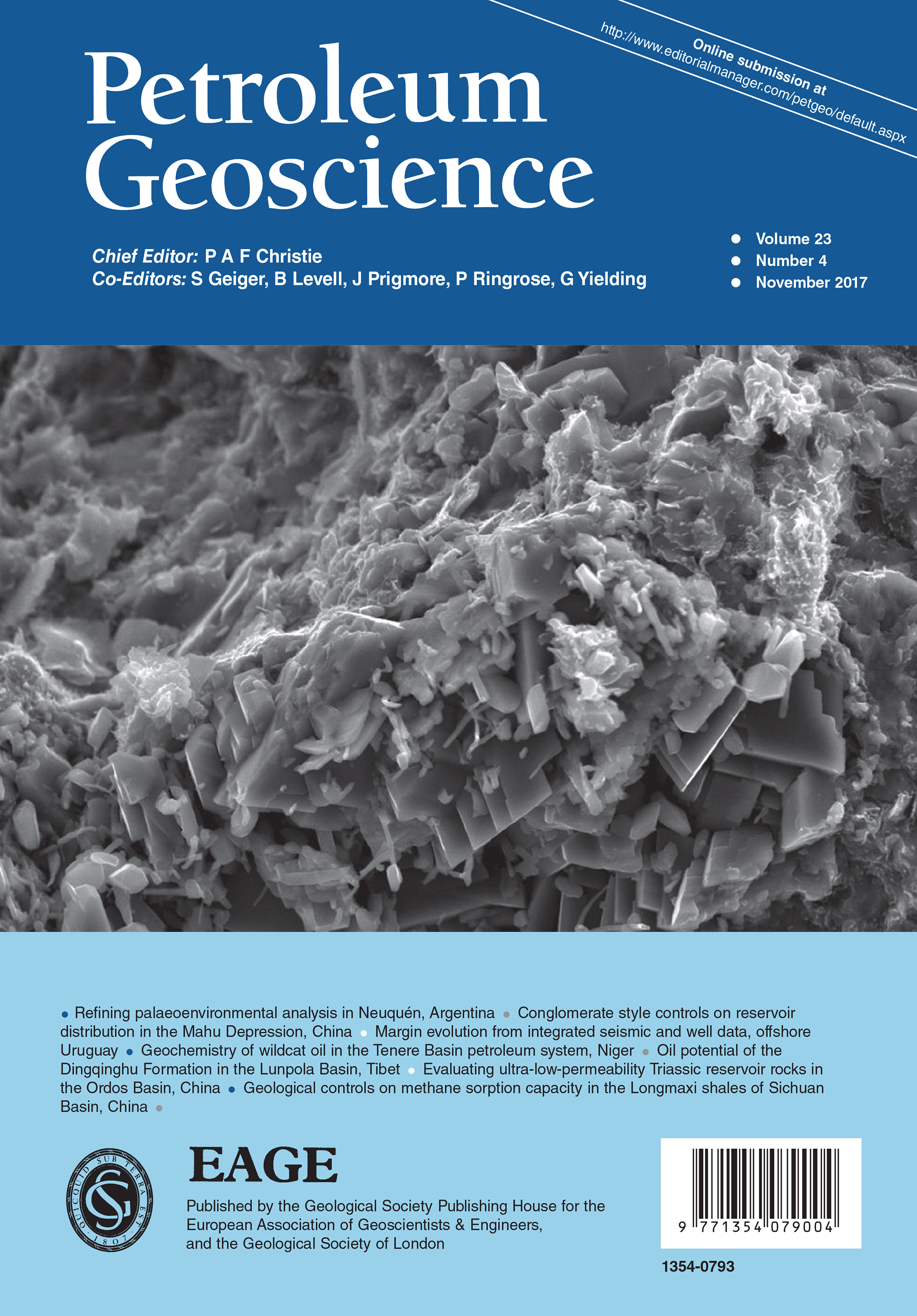
Full text loading...
Accurate palaeoenvironmental analysis is at the heart of producing reliable interpretations and depositional models. This study demonstrates a multivariate statistical approach to facies analysis based on relationships between grain size and quantitative palynology. Our methodology has the advantage that it can be used on small amounts of sample, such as core or well cuttings, as the basis for facies analysis.
Proof of concept studies involving the collection of grain-size and palynological datasets from well-exposed outcrops of the Middle Jurassic, Lajas Formation of the Neuquén Basin, Argentina, demonstrate that canonical correspondence analysis can be used to consistently recognize facies and aid in the determination of depositional environments. This study demonstrates the link between depositional facies, grain-size distribution, palynomorph hydrodynamics and assemblage taphonomy of palynomorphs. This knowledge can be transferred into a semi-automated statistical facies prediction technique for the subsurface in complex depositional settings, particularly when calibrated against conventional sedimentary facies analysis.
Supplementary material: The full set of grain-size data and statistical scores are available at: https://doi.org/10.6084/m9.figshare.c.3745481.v1

Article metrics loading...

Full text loading...
References


Data & Media loading...

